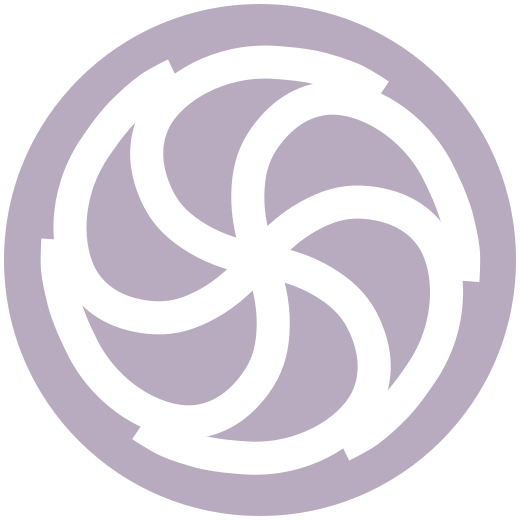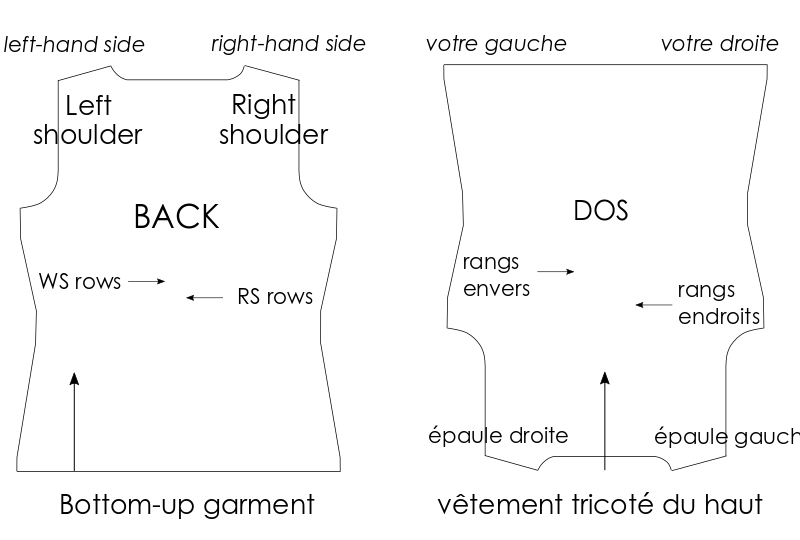This is the first article about technical editing but the subject concerns not only knitting designers, but all knitters! I drew schematics to be clear, so I hope this will help you in your futur projects 🙂
Do you know your right and left? This is THE start point – coz my hubby doesn’t know very well! (He asks me “the right this side (pointing right) or the right this side (pointing left)?” 😑)
If you have been said to be a right-handed person like 85% of humanity, the right is the side of your stronger hand, and if you are left-handed, it is the opposite side. In the northern hemisphere, the right is the East side of maps, and the left West side.
We can note this as follows:
LEFT — RIGHT
In the knitting and more generally in the fashion industry, the right and left apply to the sides ON YOU: The side on your right shoulder and down below is the right side and that on your left shoulder, the left side. Easy-peasy so far, huh?
The things get complicated when you are knitting garments, because your work is in front of you and not on you. To simplify the explanations that follow, I’ll use “right-hand side” and “left-hand side”, which of course refer to the sides of your hands.
(Remember LEFT-hand & RIGHT-hand)
Let’s start with the simplest example: back of a bottom-up garment.
It is of course seen from the Right side of the garment, not the opposite of the left side but of the wrong side, and if it’s a stockinette sweater, the knit-stitch side.
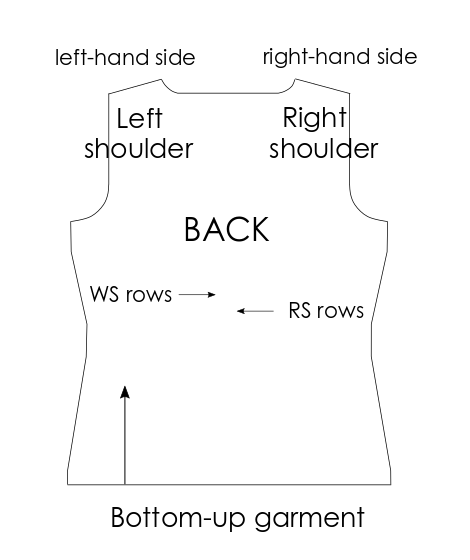
For the back of a bottom-up garment, the right side and left side match the right-hand side and the left-hand side.
Imagine a back piece on you. The shoulder on your right-hand side is the right shoulder, and the one on your left-hand side the left shoulder. If it’s hard to imagine it on you, have someone in front of you and ask him/her/them to turn around. His/her/their back is now facing you. You are being aligned and seeing the same direction, so your right-hand side is this person’s right-hand side.
Now, ask this person to turn around again so his/her/their front side faces you. You are facing each other.
What happens to the sides? The sides on the person haven’t changed: his/her/their right side is now on your left-hand side, and the left side is on your right-hand side.
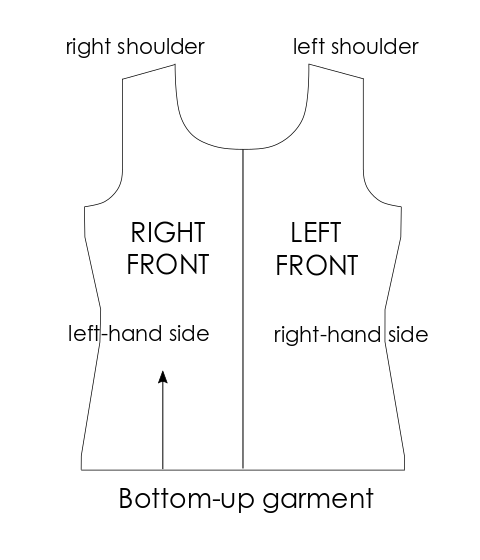
As I wrote above, pieces of garments are called right or left front on a body. So when you knit a bottom-up garment, the right front you are making will be placed on your left-hand side when you sew it up with the back, the left front on your right-hand side.
Then, what happens with a top-down garment?
Now, ask this devoted person to do a handstand (I’m kidding of course!). We’re gonna make do with a schematic instead.
A top-down garment is worked upside down, so the top of the garment is the bottom of your work, which gives:
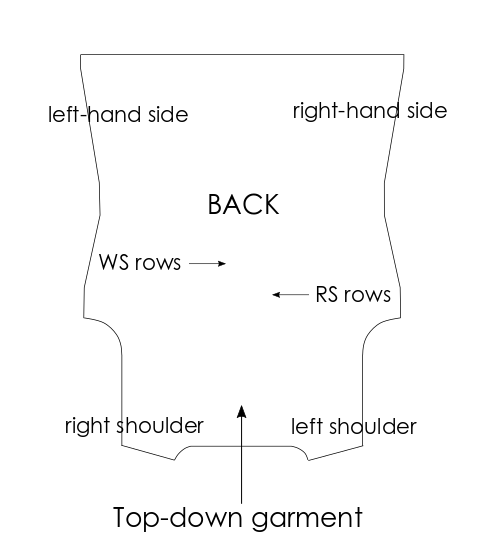
Do you remember that with a back of a bottom-up garment, the right and left matched your right-hand and left-hand sides? The right and left are reversed because the piece is upside-down: the right shoulder is on your left-hand side, the left shoulder on your right-hand side, as for the fronts of bottom-up garments.
Then what about the fronts? The sides of garments match the sides of your hands, as with a bottom-up back!
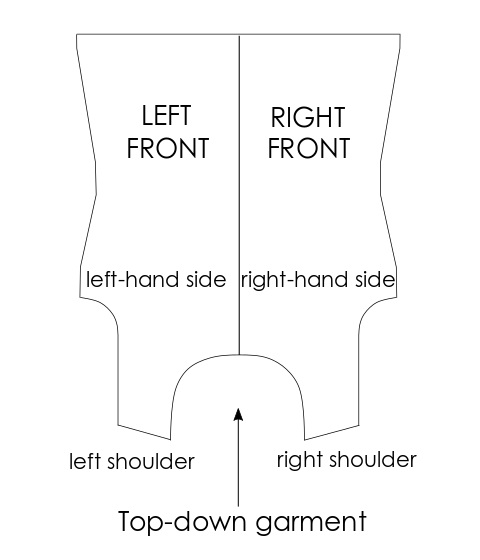
I have told about the right/left shoulders and fronts, and this of course applies to the neck, armholes, etc.
There is just one thing to remember: Sides of garments are those ON YOU!
Do you find this post helpful? Please consider supporting me if you want to read more helpful posts. Thank you 💜
![]()
